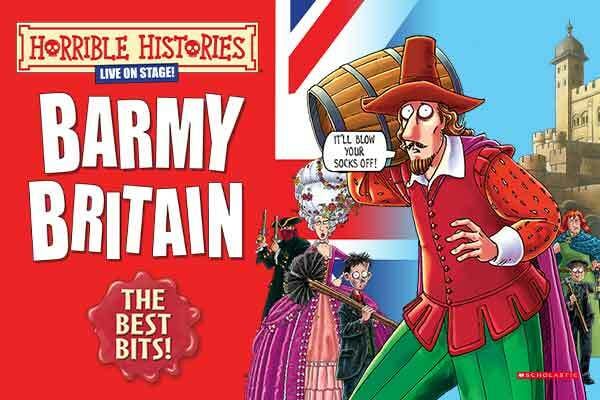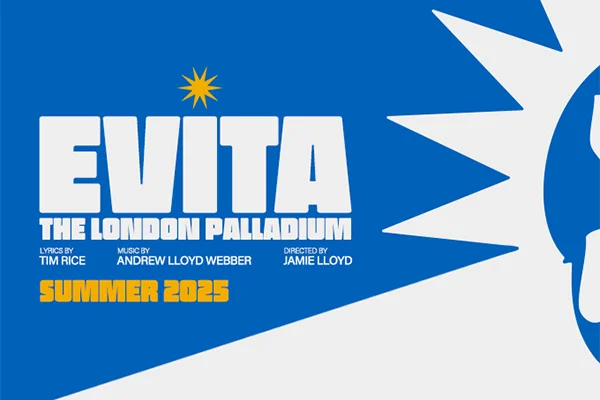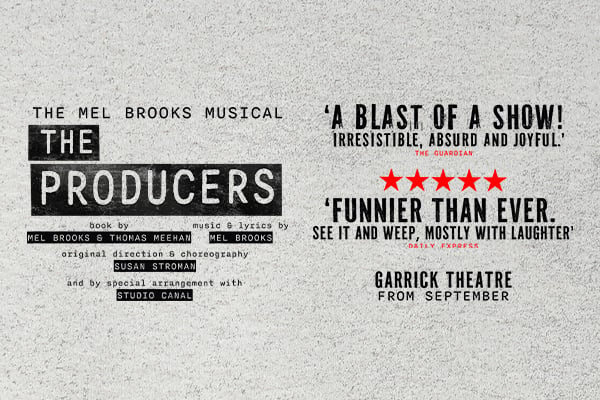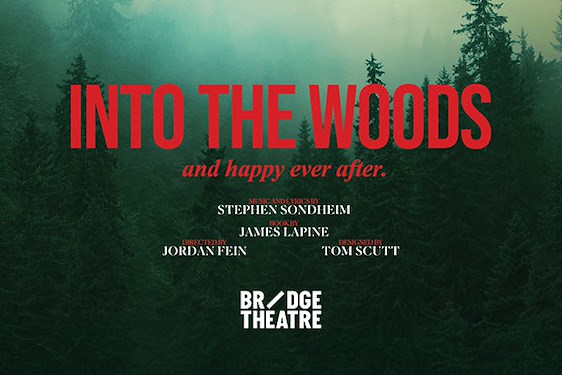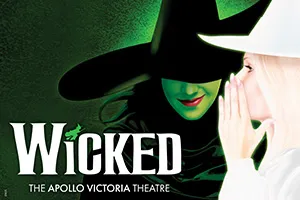Billed as part Brazilian street dance and part Scottish ceilidhe with everyone invited to share the dance floor and a whisky, this suggested a rather more joyful, carnivalesque experience than was actually delivered by Scottish Dance Theatre’s Looping: Scotland Overdub. This piece is a development of a collaboration begun by Fleur Darkin and 7oito company inspired by Looping: Bahia Overdub itself based on street festivals and the contradictory social and political situation in Salvador, Bahia. Choreographed by Joan Clevillé, Barcelona-born, a member of the company previously as dancer and now Artistic Director since March, 2019 this is also political agit-prop including spoken text, light effects, song, some stunning dance moves by the company and eventually the promised audience involvement.
The more inclusive, celebratory second half... makes up for the alienating start.
On entering, the audience encounters haze and a sinister electroacoustic, mixed live. People stand around the edges of the space, some in pairs or trios with arms round the waist of their neighbour and one presumes a Scottish reel is about to begin. Unsure what to do some people line up behind, but then the initial pair drift away to stand by others. A new group forms elsewhere but also moves away. Occasionally a person is added. Perhaps we are supposed to link up? No one is sure. The dancers are unsmiling and unwelcoming. This went on so long that at last it dawns that the linked dancers are members of the company and the audience is being played with. Whether you can tolerate this sort of confusion and alienation will be subjective. Personally I’ve seen this trick so often it has become a cliché of so-called radical theatre.
That said, when the company actually start dancing with Brazilian-style lambada-style swaying of hips from side to side, arched legs and leaning back with extraordinary agility, then clustering close, one only wishes there had been more of this and better lit. When the audience are at last encouraged to link arms on shoulders or round waists, and charge at eachother, not only head long but in swirling circles at side angles, the experience is like being on a rollercoaster, exhilerating and at times, terrifying. The well-known swoop to the centre of Scottish ceildhs which can get a bit rough is also performed, the similarities of Brazilian and Scottish dance at last made. Make sure you wear comfy, flat-soled trainers.
The second half is more meditative and poetic, and a much needed chance for a breather. The sound of breaking waves and a beautiful live performance of the ‘Freedom Come-all-ye’ is sung by a male. Well-known in 60s’ protests this song was inspired by Glasgow’s Broomielaw, the stretch of the Clyde where emigrants would leave for a new life in America and so introducing the political element to the show. The company lie on the floor balancing light boxes on their bodies, gently moving, so that against the dark space, almost black of the floor they suggest the sea surrounding Scottish islands, and light buoys bobbing in the waves. A radical text written by the playwright, Kieran Hurley, is declaimed which makes explicit the political message: the need for change and connection. The shared experience of participating in the dance and the more inclusive, celebratory second half somewhat makes up for the alienating start. As Joan Clevillé told me, this is a work in progress. Perhaps later versions will be less harsh on the audience.









